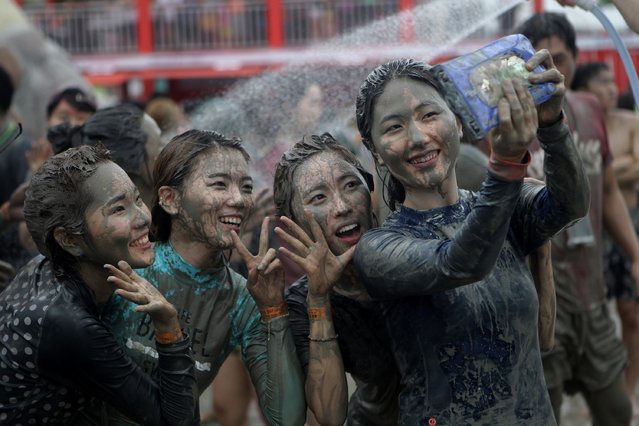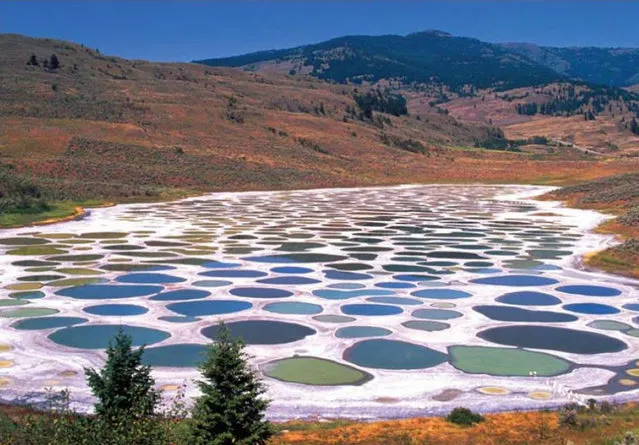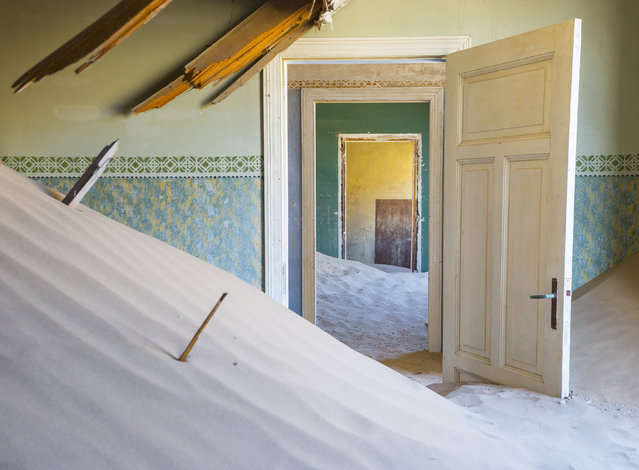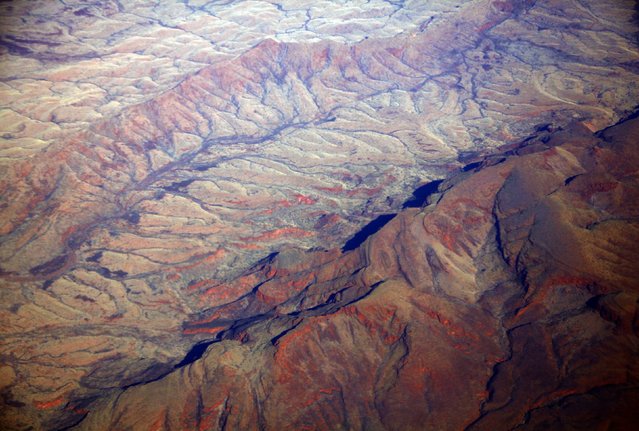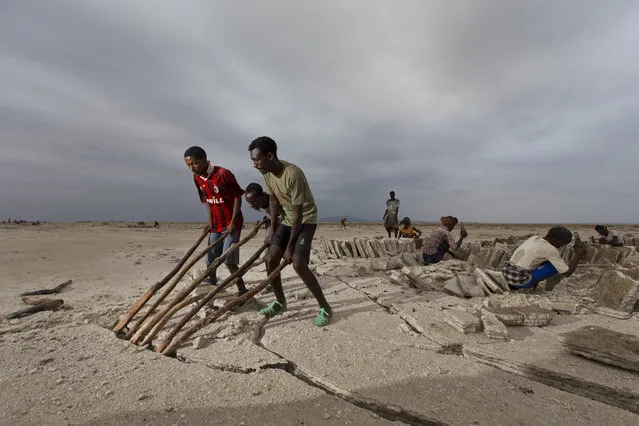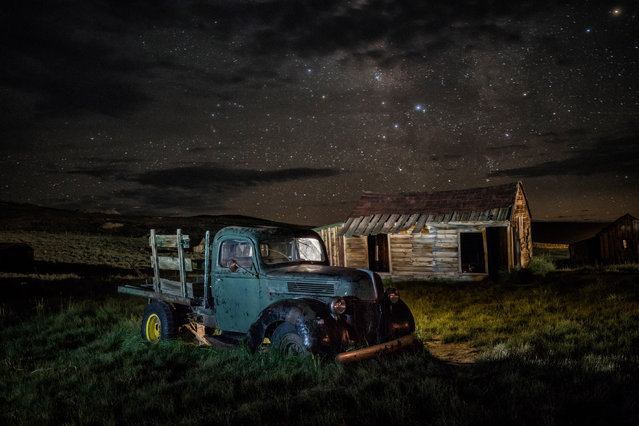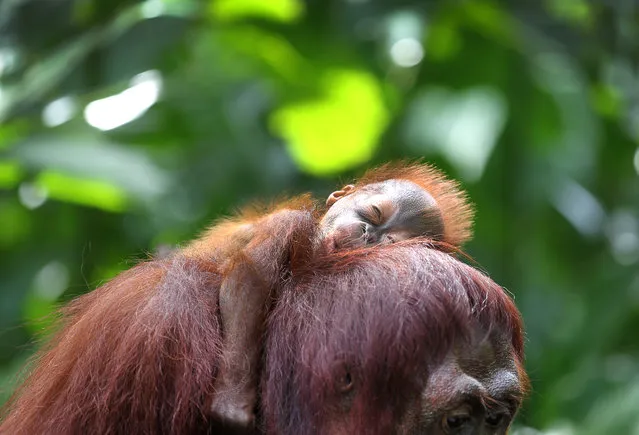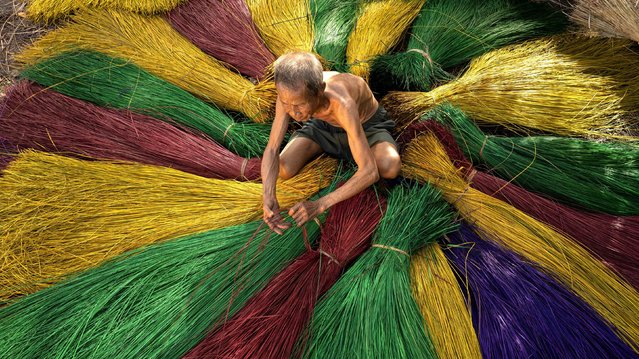
This dyed straw is grown in Ban Dong Saen Suk, Sakon Nakhon province, Thailand on September 28, 2021. Sarawut Intharap, 38, an engineer who capture the image, said: “The straw is entwined together to make mats used for sleeping and eating and they are sold at around £2.50 (3.40 USD) a mat at the local market”. (Photo by Sarawut Intarob/Solent News)
21 Oct 2021 08:43:00,post received
0 comments

